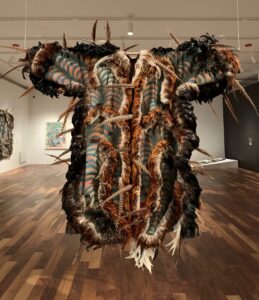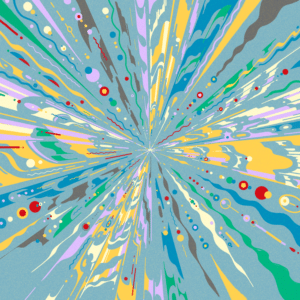Recent Grants
-
Museums Alaska, Inc.
Anchorage, Alaska, United States, Far West Region- 2024
- American Art
- $45,000
-
Boston Athenaeum
Boston, Massachusetts, United States, New England Region- 2024
- American Art
- $35,000
-
Colorado State University
Fort Collins, Colorado, United States, Rocky Mountain Region- 2024
- STEM Convergence
- $40,723
-
Hunter College, City University of New York
New York, New York, United States, Mideast Region- 2024
- STEM Convergence
- $94,000






